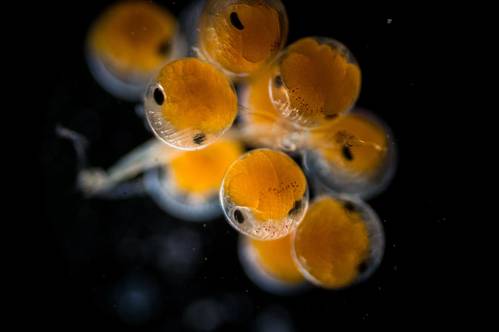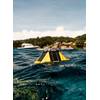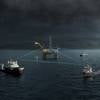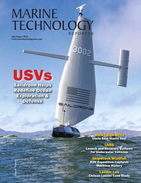The Biggest Conservation Commitment in the World
At COP 15 in December 2022, over 190 countries adopted a framework for action in support of the Convention on Biological Diversity.
The framework includes 23 targets aimed at reversing habitat and species loss. Target 3, known as “30x30”, calls for the effective protection and management of 30% of the world’s terrestrial, inland water and coastal and marine areas by the year 2030.
Put simply, says the Nature Conservancy, 30x30 is the biggest conservation commitment the world has ever seen.
Only about 17% of land and 8% of marine areas are currently under some form of protection.
A new initiative in support of the 30x30 target was covered this week in Marine Technology Reporter news. It involves helping communities use marine protected areas to curb over-fishing and boost tourism, particularly in coastal areas.
“Reviving marine life revives local economies and communities,” says Kristin Rechberger, founder of Revive our Ocean. “It’s time for the world to recognize that marine protected areas are the building blocks of the blue economy.”
However, recent studies have highlighted the potential for life in marine protected areas to still be at risk from vessel noise. In coastal regions, this can include small private or tourism vessels which have different noise signatures to larger vessels. They can, for example, experience propeller cavitation at speeds as low as five knots.
A study recently published by researchers in New Zealand calls for addressing this in marine protected area design and management. This could be through limiting impact during mating season or with different activities permitted in different zones.
Often, underwater radiated noise is considered in the context of whales, but the effects can be felt in the behavior of some of the smallest ocean animals. The larvae of many fish and invertebrate species such as coral can sense sound early in their development, and they use the sound of reefs to orientate towards appropriate habitat to settle in to so they can mature.
Climate change can also impact marine protected areas. Researchers from Plymouth Marine Laboratory have called for the consideration of this, suggesting climate-smart protected areas would be designed and managed to maximize resilience to effects such as sea level rise and species distribution shifts.
The challenges are being addressed globally. High-level discussions concluded last week in New York on preparing for the implementation of the High Seas Biodiversity Treaty agreed in 2023 (distinct from, but related to, the Biodiversity Treaty of 2022). Over 100 countries have signed the High Seas Biodiversity Treaty but so far only 21 have ratified it. At least 60 ratifications are required before it will enter into effect.
More ratifications are expected ahead of the 2025 United Nations Ocean Conference being held in France in June.
This week, the European Commission committed €40 million ($45 million) to support partner countries in their efforts to preserve and sustainably manage marine biodiversity areas and swiftly ratify the High Seas Biodiversity Treaty.
Also this week, researchers from GEOMAR called for areas with fine-grained sediments, which play a crucial role in CO2 storage in the Baltic Sea, to urgently be placed under protection.
















 August 2025
August 2025



